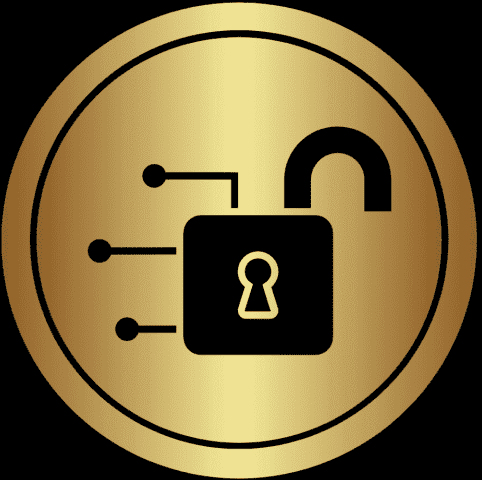In digital forensics and incident response (DFIR), memory acquisition is one of the most critical, time-sensitive, and often misunderstood phases of an investigation. Random Access Memory (RAM) holds a volatile snapshot of a system’s live state, meaning its contents are lost when power is cut. It can reveal everything from in-memory malware and decrypted containers to active network sessions and stolen credentials.
Unlike data stored on disk, which may remain static or even be recovered after deletion, RAM is ephemeral. Once a system is shut down, rebooted, or tampered with, volatile artifacts are often lost permanently. Capturing memory, therefore, can be the difference between solving a case and missing the adversary entirely.
Despite its importance, many forensic workflows delay or overlook memory acquisition. This hesitation is often due to concerns about modifying the system, legal uncertainties, or a lack of familiarity with acquisition tools. However, this can lead to critical oversights: lost encryption keys, missed process injection, or a compromised attack timeline. Memory acquisition should be prioritized early in any investigation where the system is powered on and accessible.
Whether you’re responding to ransomware, investigating insider threats, or analyzing advanced persistent threats (APTs), memory often holds the most immediate and actionable evidence of what was happening in real time.
About The Capturing RAM Series
This post is the first in a multi-part series exploring how to properly acquire and analyze memory in digital investigations. We’ll walk through practical workflows, common pitfalls, and scalable methods used by forensic professionals in the field.
In future posts, we’ll cover:
- The forensic value of RAM artifacts
- Live vs. dead box acquisition strategies
- Tools for Windows and Linux memory capture
- Anti-forensics and memory evasion techniques
- Field kits, scripting, and enterprise-scale acquisition
- Chain of custody, validation, and courtroom defensibility
After the Capturing RAM Series, we’ll transition from acquisition to analysis, in another series showing how to use Volatility 3 to extract evidence from captured RAM images, including malware payloads, decrypted credentials, and hidden persistence mechanisms.
Who This Series Is For
This series is written for a wide range of practitioners and learners in the digital forensics community:
- Forensic Analysts and Incident Responders improving memory triage and capture workflows
- Students and Certification Candidates preparing for hands-on labs or practical exams
- Expert Witnesses and Consultants who must justify and defend RAM acquisition procedures in court
- Cybersecurity Engineers and IR Teams responding to internal investigations, data breaches, or nation-state threats
Whether you are investigating a laptop in the field or managing enterprise incident response, understanding how to capture RAM defensibly is essential for meaningful forensic analysis, especially in environments like cloud workloads or virtual machines where memory may be abstracted or encrypted.
